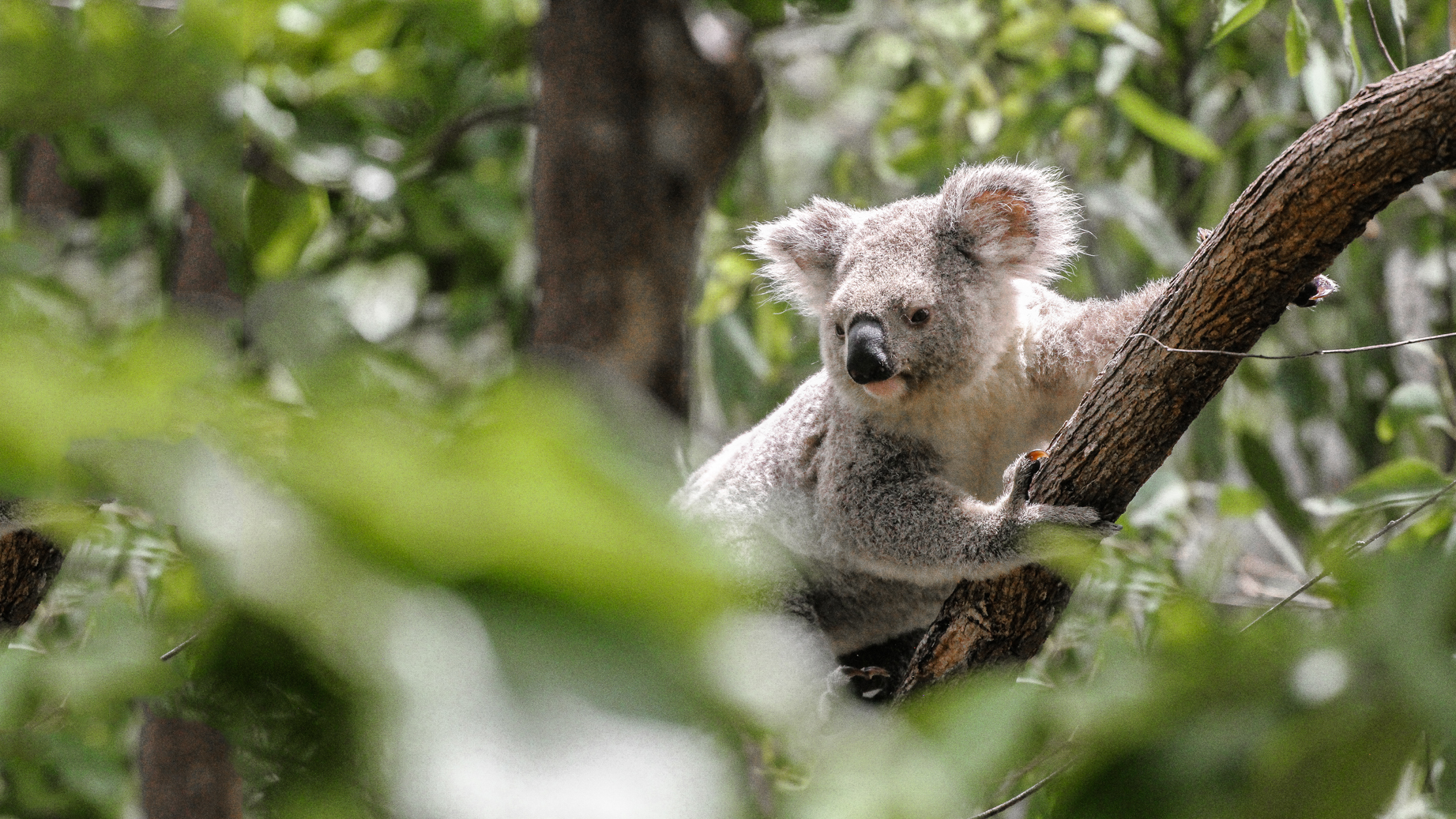Australia is home to four native species of flying-foxes (grey-headed, black, little red and spectacled), all of which play vital roles in pollination and seed dispersal. Sadly, flying-fox populations are in rapid decline, with some species now listed as vulnerable or endangered. These magnificent creaturesare increasingly under threat due to climate change, habitat...
The Australian sea lion (Neophoca cinerea) is one of the world’s rarest sea lion species. It is an endemic species which means it is unique to Australia and we hold a tremendous responsibility to look after it. The priority placed on its conservation was seen in action last week when the Australian Fisheries Management Authority (AFMA) put in place a new gillnet closure in a fishing zone in South Australia to prevent Australian sea lion deaths.
Sadly, gillnets are a grave threat to Australian sea lions, ensnaring and killing them. The new gillnet closure which will cover an area extending from east of Elliston to Sleaford Bay, south west of Port Lincoln, follows the Australian Sea Lion Management Strategy, which Humane Society International worked with AFMA and the fishing industry to develop and introduce in June 2010. The Strategy which has now put in place a number of closures, is aimed at ensuring populations of Australian sea lions can recover their numbers. New closures are required in areas where bycatch deaths of sea lions exceed trigger limits. Tragically, that is what has brought about the closure this week.

The closure extends from east of Elliston to Sleaford Bay, south west of Port Lincoln, and is part of the Southern and Eastern Scalefish and Shark Fishery. Graph: AFMA
Humane Society International has a long history of working to ensure this threatened species is protected from cruel gillnets in Australia.
After a court case brought by Humane Society International in 2007, we reached an agreement with AFMA and the Federal Environment Minister to ensure a critical condition was placed on the Southern and Eastern Scalefish and Shark Fishery (SESSF), a multi-species fishery that covers almost half of the Australian Fishing Zone. This condition was to ensure that bycatch rates of Australian sea lions are reduced in the fishery off South Australia in order to allow the species and its sub-populations to recover.
To help implement the condition, the South Australian Research and Development Institute (SARDI) provided an assessment of the risks to Australian sea lion from the shark gillnet sector of the SESSF. The report predicted that high levels of bycatch mortality were limiting the recovery of most sea lion breeding colonies in South Australia (Goldsworthy et al. 2010). This assessment informed the Australian Sea Lion Management Strategy to mitigate the impact of gillnetting.
Worryingly, latest research shows the species is still suffering precipitous population declines. Despite this, we can’t say that fishing closures aren’t working. Sea lions mature by the age of six and it has been now six years since the first closures were enacted, so only now can we hope to start seeing a turn-around in the animal’s fortunes. Further funding is desperately needed to monitor the effectiveness of the fishing closures. Monitoring the population is critical to assess the success of the management measures and to know if additional threats are also at play that need addressing to protect this endangered animal.

Government reports indicate the South Australian population of Australian sea lions is suffering a 3?cline in population every year. Image: Peterdownunder | Wikimedia Commons
Government reports indicate the South Australian population of the species is suffering a 3?cline in population every year, or a 25?cline in sites monitored 8-10 years earlier. Because of this, Humane Society International nominated the species for an upgraded Endangered listing under national environment laws to adequately reflect the threatened status of the animal. We will, however, have to wait until the end of September 2018 for the Federal Environment Minister’s decision on our nomination.
Protection of Australian sea lions is made more challenging due to the highly irregular breeding patterns of the species among pinnipeds. The different colonies do not breed at the same time, and they have a non-annual breeding cycle interval of 17 to 18 months. The gestation period is also up to 14 months, and the length of time which mating occurs over a breeding cycle ranges from four-seven months. Australian sea lions also have a lactation period of 17.5 months.
Humane Society International commends AFMA for its decisive action to protect this wonderful species and thanks fishing operators for their cooperation to ensure the closure can be implemented effectively.
We will continue to advocate for careful protection of these special Australian marine mammals.
Nicola Beynon is on the Commonwealth Marine Mammal Working Group (CMMWG).


